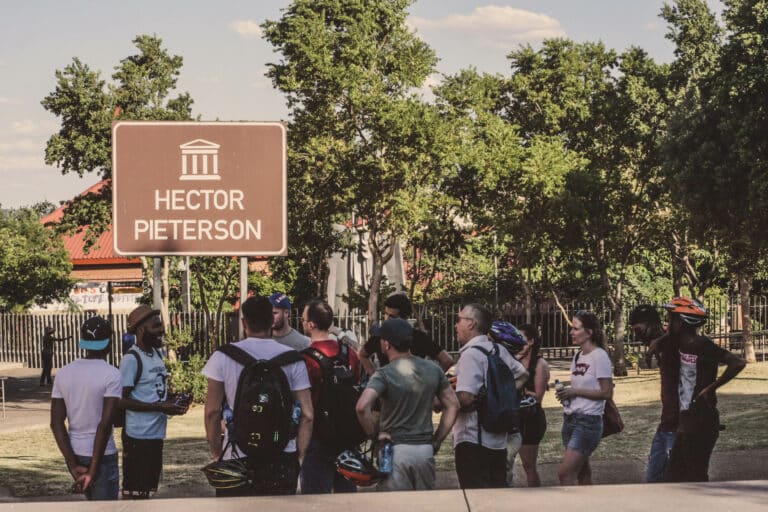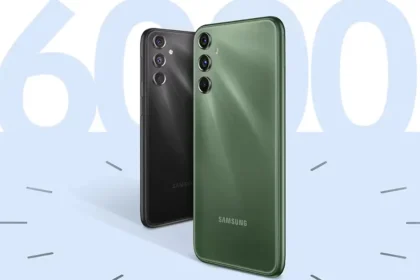Soweto, originally an acronym for South Western Townships, has grown from a cluster of segregated suburbs into a dynamic cultural heartland of Johannesburg, where memory and modernity coexist in vibrant contrast.
During daylight hours visitors follow routes through historic landmarks such as Vilakazi Street, the only street in the world to have housed two Nobel laureates, and the Hector Pieterson Memorial and Museum, which commemorate the 1976 student uprisings.

Museums, heritage sites and local markets form the core of the daytime itinerary, offering a structured narrative of apartheid history and contemporary community initiatives. After dusk, Soweto’s abundant nightlife emerges in popular shebeens, rooftop bars and music venues, reflecting the township’s pulse and the diverse tastes of its residents.
Whether you seek an informative educational journey or an energetic social outing, there is a Soweto tour tailored to meet those aims.
Heritage Versus Nightlife
Day Tour Highlights
Day tours typically span four to seven hours and concentrate on historical and cultural attractions. Visitors may see the Mandela House Museum, learning about Nelson Mandela’s life before his imprisonment, and pause at the Apartheid Museum or Constitution Hill to understand South Africa’s broader struggle for freedom. Routes often include visits to local schools or community projects, showcasing current social initiatives in Soweto.
Night Tour Highlights
By contrast, night Soweto Tours focus on their social scene, taking guests to four or more nightspots, from traditional shebeens serving home-brewed sorghum beer to contemporary bars with live music. These excursions, usually lasting three to five hours, highlight the township’s culinary delights and nightlife culture, frequently featuring performances by local DJs or dance troupes.
Reflective Learning Versus Vibrant Energy
Daytime visits tend towards a reflective and educational atmosphere, offering quiet moments of remembrance at the Hector Pieterson Memorial and guided discussions at the Kliptown Open Air Museum. In contrast, night tours wake up Soweto’s streets with neon lights, music drifting from open windows and locals socialising well into the early hours. The communal warmth of a daytime tea tasting in a local home differs markedly from the pumping basslines of a rooftop bar after dark.
Transport and Logistics
Day tours usually operate daily, with departures from central Johannesburg at around 09:00 or 13:00, returning by late afternoon. Vehicles vary from air-conditioned minibuses to open-roof vintage buses, offering comfort during the hot midday sun. Night tours generally run mid-week and weekends, often requiring pre-booking for safety and staffing reasons. Pickup times are typically around 18:00, with drop-off by 23:00, and transfers are usually by private shuttle or minibus.
Crowd and Pacing
Daytime groups tend to be larger, comprising international tourists and school groups, with set schedules for each stop. Guides maintain a steady pace to cover multiple sites, balancing walking sections with vehicle rides. Night tours are smaller and more informal, often limited to eight or ten people to foster social interaction and table reservations at popular shebeens. The relaxed pacing allows more time for conversation, dancing or sampling street food.
Safety and Comfort
Day tours are widely considered safe, running during daylight and following established routes with official guides who hold permits. Guides share safety tips, such as keeping valuables out of sight, and vehicles offer secure transport between stops. Night tours require slightly more caution due to reduced visibility, but reputable operators vet venues for security, provide group escorts between bars and often include a final drop-off to your hotel.
Cost and Value for Money
Day tours generally cost between USD 60 and USD 100 per person for half-day experiences, including entrance fees and refreshments. Full-day options with museum access may reach USD 120. Night tours are slightly cheaper on average, ranging from USD 40 to USD 80, and cover multiple drinks or snacks within the price. Value depends on your interests: history enthusiasts may prefer the comprehensive narratives of day tours, while social travellers might favour the lively interactions and nightlife sampling of night tours.
Which Should You Choose?
Choose a day tour if you wish to understand the historical context of South African society, explore museums, engage with community projects and capture clear photographs of iconic landmarks. Opt for a night tour if you crave an authentic taste of modern township life, wish to mingle with locals in a lively setting, enjoy live music and are comfortable with a later finish.









